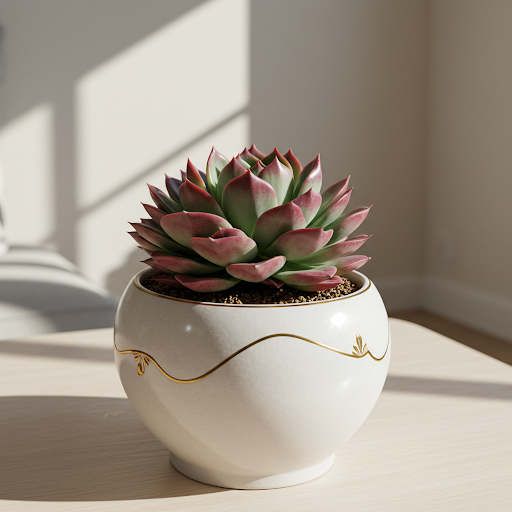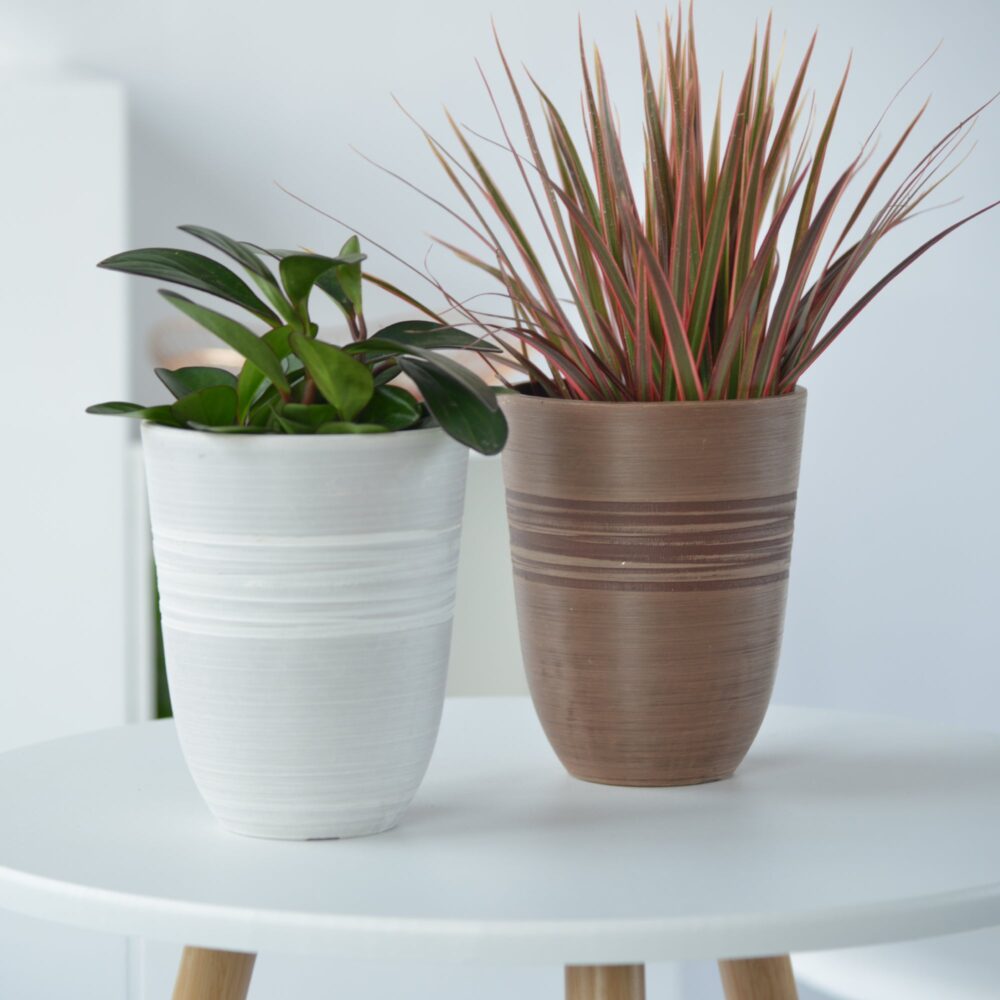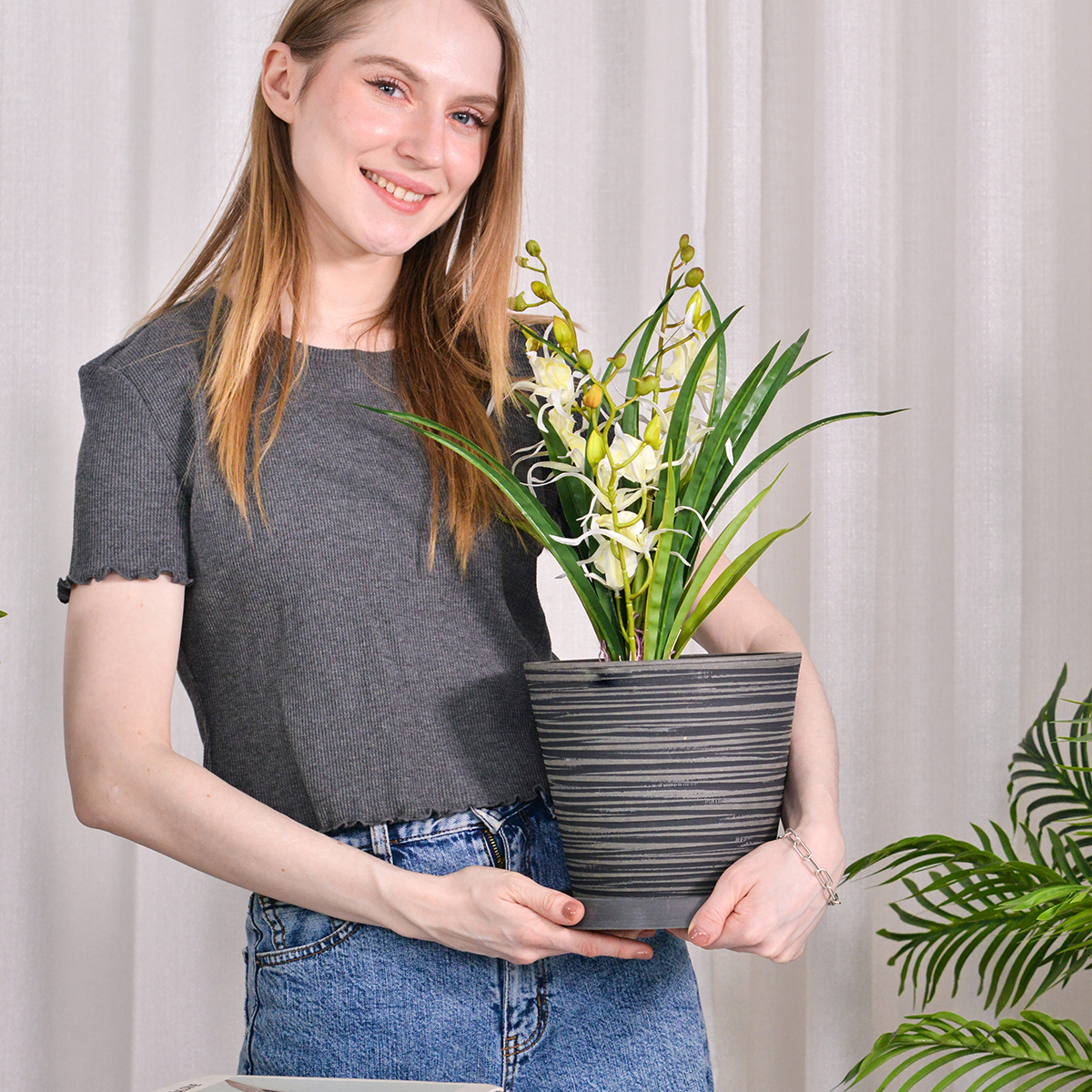How Do I Plant Succulents in a Planter? A Step-by-Step Guide for Success
Succulents are beloved for their unique shapes, vibrant colors, and low-maintenance nature, making them a popular choice for both beginner and experienced plant enthusiasts. Planting succulents correctly in a planter is crucial for their health and longevity. This guide will walk you through the process step-by-step, ensuring your succulents thrive in their new home.
What You’ll Need to Plant Succulents:
Before you begin, gather the following supplies:
- Healthy Succulents: Choose succulents that are appropriate for your climate and the amount of light they will receive.
- Planter with Drainage Holes: This is essential for preventing root rot. Ensure the holes are not blocked.
- Well-Draining Soil Mix: Use a potting mix specifically formulated for succulents and cacti. Regular potting soil retains too much moisture.
- Optional: Drainage Layer: While debated, some gardeners prefer to add a thin layer of gravel, perlite, or clay pebbles at the bottom for added drainage (see note below).
- Optional: Top Dressing: Decorative materials like small pebbles, sand, or crushed glass to add visual appeal and help retain some moisture.
- Small Trowel or Spoon: For handling soil and succulents.
- Watering Can with a Gentle Spout: For watering after planting.

Important Note on Drainage Layers: While traditionally recommended, recent research suggests that a dedicated drainage layer at the bottom of a planter might not significantly improve drainage and can even lead to a perched water table. Focus on using a well-draining soil mix and a planter with drainage holes for the best results.
Step-by-Step Guide to Planting Succulents:
Prepare Your Planter: Ensure your planter is clean and has adequate drainage holes. If you’re using a new terracotta pot, you don’t need to do much. For other types, just make sure there’s no debris blocking the drainage.
Add Soil Mix: Fill the bottom of the planter with your well-draining succulent and cactus soil mix. The amount will depend on the size of your succulents’ root balls. Aim to have the top of the root ball sit about an inch below the rim of the planter.
Gently Remove Succulents from Their Nursery Pots: Carefully tip the nursery pot sideways and gently slide the succulent out. You can also try squeezing the bottom of the pot to loosen the roots. Be gentle to avoid damaging the leaves or stems.
Loosen the Root Ball (If Necessary): If the roots are tightly bound (root-bound), gently loosen them with your fingers. This will encourage the roots to spread out into the new soil.
Position the Succulent in the Planter: Place the succulent in the center of the planter, ensuring the top of the root ball is at the desired level (about an inch below the rim).
Fill with Soil: Carefully fill the remaining space around the succulent with the soil mix. Gently tap the planter to settle the soil and eliminate any air pockets. Avoid burying the leaves of the succulent.
Add Top Dressing (Optional): If desired, add a thin layer of your chosen top dressing material around the base of the succulent. This can help keep the leaves clean, retain some surface moisture, and add a decorative touch.
Water Sparingly (Initially): After planting, water the succulent lightly. Avoid soaking the soil immediately. This helps the roots settle in without the risk of immediate overwatering. Wait a few days to a week before giving it a more thorough watering, allowing any potential root damage from transplanting to heal.
Place in Appropriate Light: Move your newly planted succulent to a location that provides the appropriate amount of light for its specific type. Most succulents need bright, indirect sunlight.
Post-Planting Care Tips for Succulents:
- Watering: Allow the soil to dry out completely between waterings. When you do water, water thoroughly until water drains from the bottom of the pot. Avoid overhead watering, which can lead to leaf rot.
- Light: Provide your succulents with ample bright, indirect sunlight. Insufficient light can lead to etiolation (stretching).
- Temperature: Most succulents prefer moderate temperatures. Protect them from extreme heat or cold.
- Fertilizing: Succulents are not heavy feeders. Fertilize sparingly during the growing season (spring and summer) with a diluted succulent-specific fertilizer.
- Repotting: As your succulent grows, you may need to repot it into a larger container.

Conclusion: Enjoy Your Beautifully Planted Succulents!
Planting succulents in a planter is a simple and rewarding process. By following these steps and providing the right post-planting care, you can create stunning displays of these fascinating plants that will thrive for years to come. Remember the importance of drainage and well-draining soil, and you’ll be well on your way to succulent success!
Plant Pots 6 inch 8 inch 10 inch for Indoor Plants, Set of 3 Modern Decorative Planter ts with Drainage Hole, Decorative Flower Pots
By greenship-seo|2025-04-10T06:39:28+00:00January 14, 2025|Categories: Hand-carving Series|Tags: Decorative Flower Pots|
Planter 6 in W / 8 in W / 12 in W Indoor or Outdoor Plants, Modern Decorative Plant Pots with Drainage Hole, Decorative Flower Pots
By greenship-seo|2025-02-06T13:43:53+00:00January 16, 2025|Categories: Hand-carving Series|Tags: Decorative Flower Pots|
HS
By greenship|2024-08-13T06:45:17+00:00August 13, 2024|Categories: Hand-carving Series|
K2-11T
By greenship|2024-08-13T04:21:25+00:00August 13, 2024|Categories: Hand-carving Series|
Modern Plant Pots with Drainage – Indoor & Outdoor Use (6″ Widths)
By greenship-seo|2025-04-10T06:29:43+00:00February 6, 2025|Categories: Hand-carving Series|Tags: Decorative Flower Pots|
Modern Plant Pots丨Planter for Indoor Plants,8 inch or 10 inch Plant Pots with Drainage Hole,Decorative Flower Pots
By greenship-seo|2025-04-10T08:32:55+00:00January 7, 2025|Categories: Hand-carving Series|Tags: Decorative Flower Pots, Self-Watering Pots|






